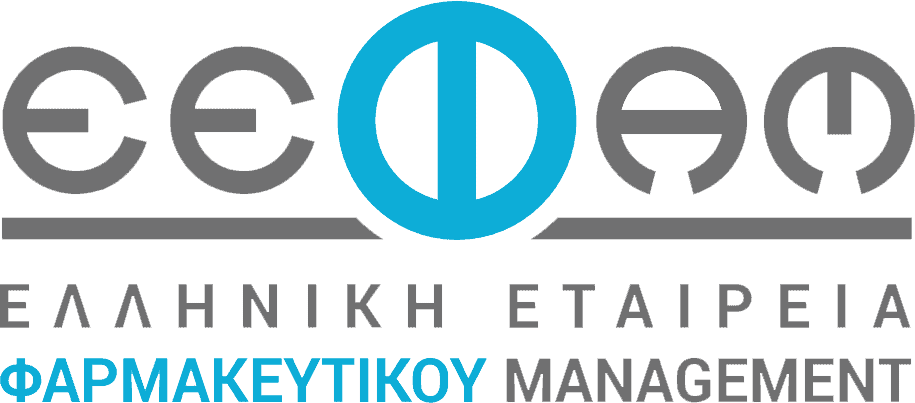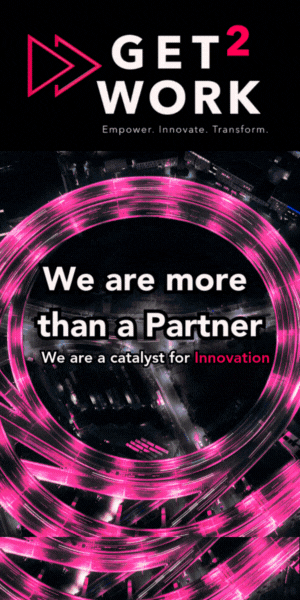Blog
Blog
The Future of Work, According to 930 Million Professionals

Hello, and welcome to Modern CEO! I’m Stephanie Mehta, CEO and chief content officer of Mansueto Ventures. Each week, this newsletter explores inclusive approaches to leadership drawn from conversations with executives and entrepreneurs, and from the pages of Inc. and Fast Company. Sign up to get it yourself every Monday morning.
1. Overall hiring is slowing down, and tech is especially hard hit. Companies aren’t just laying off people; they’re also slow rolling new hires. LinkedIn is showing a 30 percent decline in hiring versus a year ago, with tech and media companies showing a 50 percent decline in hiring.
2. There are bright spots for labor. Health care providers are hiring nurses, doctors, and administrators “nonstop,” Kimbrough says. She also says accommodation, oil and gas, and manufacturing are hiring aggressively.
4. Workers are investing in themselves. Kimbrough says workers are engaging in lifelong learning as a path to career autonomy and competitiveness. She says: “If you have skills that are in demand, you have currency to maneuver through the job market.” But instead of seeking MBAs or other advanced degrees, career-minded professionals are investing in practical knowledge.
6. Artificial intelligence (A.I.) will disrupt the middle-tier jobs. Unlike previous technological disruptions, which displaced low-skills positions, A.I. is likely to upend what Kimbrough calls the “middle-skills tier.” (Think accountants, researchers, and yes, even copywriters.) The rise of A.I. is another reason Kimbrough believes skills training is crucial. “I think companies today have a responsibility to make sure they are bringing their workers along on the A.I. journey so they can upskill,” she says.
7. Women are struggling. LinkedIn data shows that the gaps between women and men in leadership grow as both groups rise through the ranks. While the early-career workforce is fairly evenly divided by gender, women drop out by roughly 10 percentage points every 10 years. By the time professionals are, say, 20 years into the workforce, 2.2 men move into leadership positions for every one woman.
I asked Kimbrough what leaders can do to address the disparity in that last data set. She urges companies to review their interview processes for biases and to embrace mentorship and sponsorship models once women do get in the door. “It works,” she says. “I’m here to say, as a Black woman, I got mentored and sponsored by amazing men and women all through my career, and it helps.”






